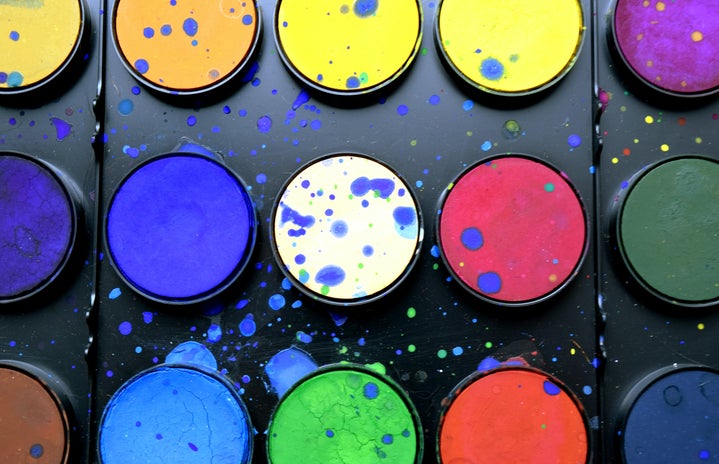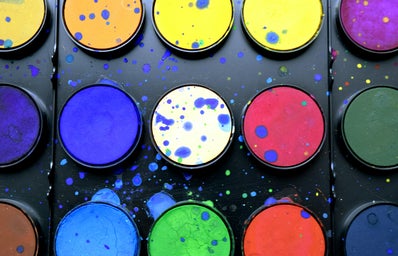Located in Paris, France, the Louvre is not only famous for being the world’s largest art museum, but also for being home to the one and only Mona Lisa. Historians at this esteemed museum have recently been analyzing a newly discovered sketch of a semi-naked woman. Because of the woman’s striking resemblance to the Mona Lisa, historians are in the process of trying to answer crucial questions regarding who created this piece and what role it may have had in the creation of Leonardo da Vinci’s most famous painting.
Courtesy: The New York Times
The Mona Lisa lookalike has been stored at the Condé Museum in the palace of Chantilly since 1862. The piece has been associated with da Vinci’s studio since the 20th Century, but the extent of his contribution to the work has never been confirmed. With the rapid approach of a 2019 exhibition to celebrate the 500-year anniversary of da Vinci’s death, scientists are desperately trying to gather insight as to the artist’s role in the creation of the sketch.
The newly resurfaced piece has been nicknamed The Monna Vanna, or “nude Mona Lisa,” and has caught the attention of historians, scientists, artists, and civilians across the globe. Mathieu Deldicque, the Condé Museum’s deputy curator, is pictured below with Bruno Mottin, curator of the Center for Research and Restoration of Museums in France. The two are among various experts who have visited the Louvre to analyze the Monna Vanna. According to The New York Times, a phone interview with Mr. Mathieu Deldicque revealed that “an analysis performed by a dozen experts had shown so far that the sketch could either be a drawing by one of da Vinci’s students, or one in which he himself had participated.” Deldicque also stated that “We are sure of nothing, and if Leonardo participated, it’s not for all the drawing, but for some parts of it.”
Courtesy: Twitter @chantillydomain
While we would love to believe that the Monna Vanna was sketched out entirely by Leonardo da Vinci as a blueprint for the beautiful Mona Lisa, expert analysis is beginning to prove otherwise. Bruno Mottin, a curator at the Center for Research and Restoration of Museums in France, pointed out that the hatching on the top of the drawing near the head had been done by a right-handed person and it has been proven that da Vinci himself drew left-handed.
Whether Leonardo da Vinci had a significant or minor role in the Monna Vanna, the likeness between the two works is stunning. Between the placement of the woman’s hands, the tilt in her posture, and the expression on her face, there are many undeniable similarities between the Mona Lisa and her nude counterpart. It has been theorized that while da Vinci may not have solely constructed the Monna Vanna, he may have still used it as a template for creating the Mona Lisa. According to Mr. Mathieu Deldicque, “Small holes pierced around the figure suggest it may have been used to trace its form onto a canvas.”
Courtesy: BBC.com
While not much about the sketch is confirmed, the piece has been dated back to the early 1500’s. Its old age has made the process of analysis incredibly difficult. The sketch is incredibly fragile, and will thus take a fairly long time to accurately assess. We can only hope that the mystery will be solved at some point in the next year or two, in time for the 500-year anniversary of da Vinci’s death.



